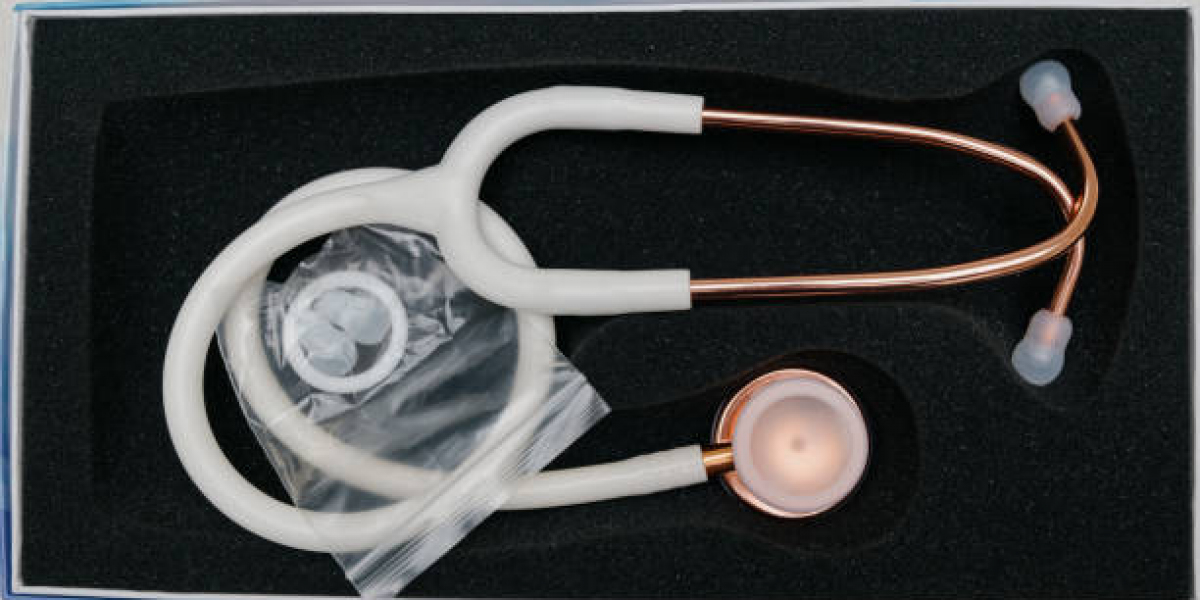Automated processes are a rage at the present time, and automation in industries has certainly made manufacturing processes more efficiently and less time taking. Industrial automation essentially refers to the ‘intelligent’ usage of machines in factories, so that the processes can be carried out with minimal intervention of humans. Automation in the manufacturing processes enables leaner operations, which need less energy, less labor, and less material and also results in enhancements in the precision, accuracy, and quality. Automation is achieved in industries by making use of several control systems for allowing the equipment to carry on tasks on its own.
This increasing automation in industries is resulting in the growing usage of industrial brakes, which are frictional devices utilized for controlling the motion of moving bodies in industrial operations. These systems offer braking solutions in cranes, wind turbines, metals and mining machines, packaging machines, construction machinery, tube machines, marine and shipping machines, and several other machines. Industrial brakes are employed in a large number of machines because they can increase the production capacity of a plant via consistent quality and automated processes, with minimal human intervention.
According to a report by PS Intelligence, the global industrial brakes market attained a value of $930.3 million in 2018, and it is expected to generate revenue of $1,105.7 million by 2024, advancing at a 3.0% CAGR during 2019–2024. The different types of industrial brakes are electrically applied brakes, mechanically applied brakes, pneumatically applied brakes, and hydraulically applied brakes. Out of these, hydraulically applied brakes are preferred by the customers, owing to their light weight, reliability, simple construction, and easy maintenance and as they transmit uniform pressure. Furthermore, these brakes are increasingly being used for automating the processes, in order to enhance the plant safety and minimize working capital.
All these brakes are used in the construction, manufacturing, marine shipping, metal mining, and power generation industries. The manufacturing industry made the most use of these devices in the past, which is attributed to the extensive range of application of these brakes in various types of production machinery, such as conveyors, automated packaging machines, assembly stations, automated distribution systems, and industrial robots. Moreover, increasing investments are being put in the manufacturing sector for the implementation of automation, to achieve cost minimization and safety and enhance the quality of end products. These advancements in the manufacturing industry are predicted to be highly beneficial for the industrial brakes market.
Geographically, North America has been the largest user of industrial brakes since the past few years. This is on account of the growing demand for industrial brakes from its large-scale manufacturing sector, which supplies a number of products internationally and domestically. The increasing export of manufactured goods from Canada and the U.S. is further projected to result in the rising requirement for industrial brakes in the region.
In conclusion, the growing automation in industries is leading to the rising demand for advanced braking solutions.









